Mount Everest, the pinnacle of mountaineering adventures, holds many triumphant and tragic stories. Amidst these, one poignant tale that continues to resonate within the mountaineering community is that of “Green Boots”.
An unidentified climber, Green Boots has become a symbol of the risks inherent in scaling the world’s highest peak. This nickname derives from the green Koflach boots he wore during his fatal expedition, a stark emblem of his fateful journey etched onto the mountain’s landscape.
Green Boots’ eternal resting place is within a limestone alcove on the Northeast ridge route. This served as a sombre waypoint for climbers at a formidable height of 8,500 meters (or 27,900 feet) until his landmark was moved in 2014. The tale of Green Boots continues to serve as a cautionary narrative within the climbing world, emphasizing the fine line between Everest’s majestic beauty and deadly power.
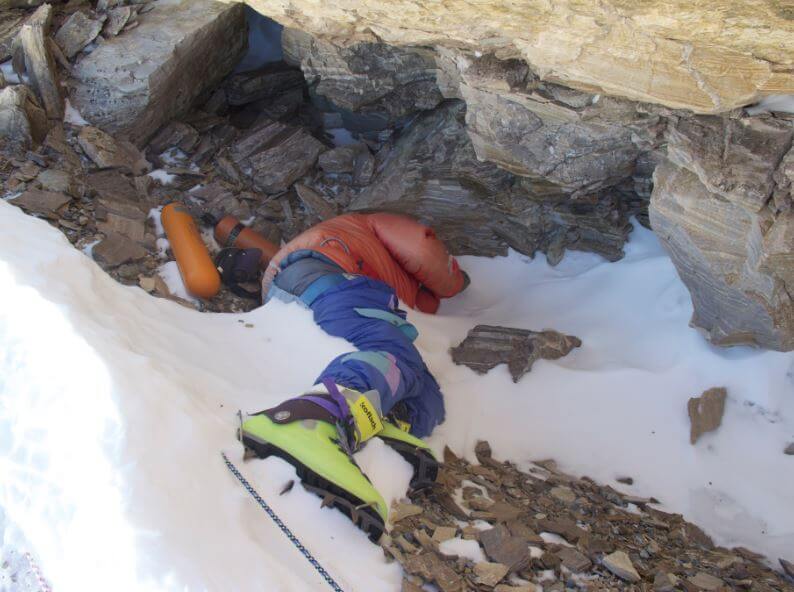
The Chronicles of Green Boots
The tale of Green Boots on Everest gained traction within the global mountaineering community when British filmmaker and climber Matt Dickinson recorded the first video footage of the climber’s final resting place in May 1996. This unsettling footage is a testament to the risk inherent in high-altitude mountaineering. Moreover, it is a significant segment in the Brian Blessed documentary “Summit Fever”. In the film, the narration identifies the frozen figure as a climber from Nepal, hinting at the global reach of Everest’s allure and danger.
As the years passed, Green Boots became an infamous landmark on Everest’s north route, a morbid waypoint on the journey towards the summit. The chilling site became tragically associated with the demise of mountaineer David Sharp. It was underscoring the grim reality of the harsh mountain environment. However, the striking visibility of this landmark shifted in 2014. It was when members of a Chinese expedition moved Green Boots to a less conspicuous location. This act not only altered the physical landscape of the route but also marked a change in the narrative of Everest climbing. Additionally, it subtly shifts the balance between the mountain’s breathtaking beauty and the stark reality of its dangers.
The Probable Identities Behind ‘Green Boots’ on Everest
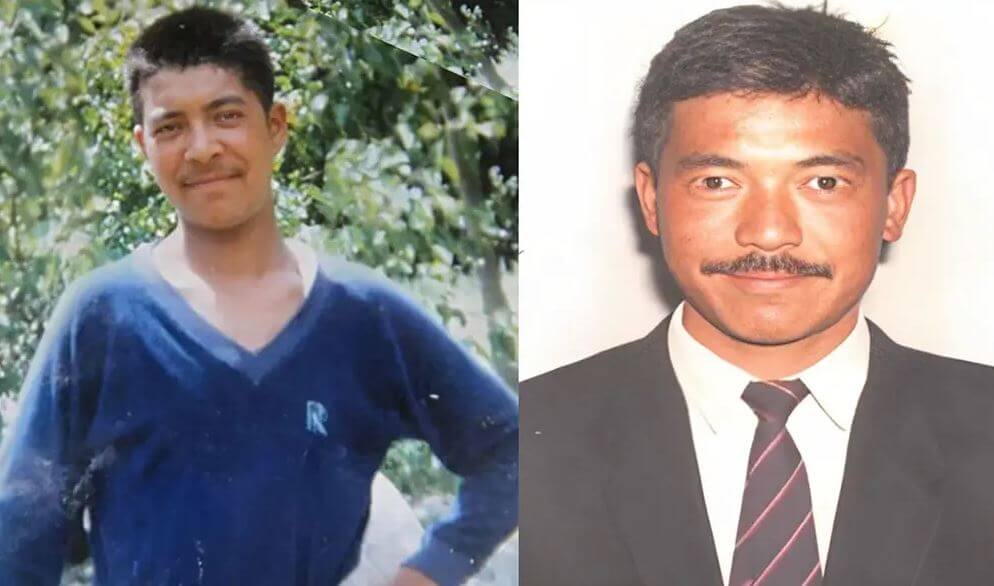
Tsewang Paljor
Everest’s infamous “Green Boots” is widely believed to be the Indian climber Tsewang Paljor. Paljor was part of a larger team that donned green Koflach boots during a fateful expedition in 1996. This expedition was led by Commandant Mohinder Singh and marked the first Indian ascent of Everest from the east side.
On the unfortunate day of May 10, 1996, a blizzard caught a team of six climbers, including Paljor, Morup, and Smanla, just shy of the summit. The trio chose to forge ahead to the top and radioed their expedition leader to confirm their arrival. Tragically, contact was lost after that, and none of the three climbers managed to return to the high camp.
Their disappearance sparked controversy when speculation arose that a team of Japanese climbers, unaware of the missing Indians, might have encountered them and failed to assist. These allegations, initially acrimonious, were later clarified, revealing no ill intent on the part of the Japanese team.
The harsh reality of Paljor’s probable identity as “Green Boots” is a potent reminder of the deadliest single-day event in Everest’s history. The mountain has claimed the lives of several climbers, including notable figures like Scott Fischer and Rob Hall. This catastrophic event inspired the famous film “Everest”, thus, further etching the tale of “Green Boots” in the annals of mountaineering history.
Dorje Morup
Though “‘”Green Boots” is frequently identified as Tsewang Paljor, an alternative theory proposed that Lance Naik Dorje Morup might be this enduring symbol. This perspective surfaced in a 1997 article, “The Indian Ascent of Qomolungma by the North Ridge,” by P. M. Das, deputy leader of the expedition.
According to Das, they sighted two climbers descending under the illumination of their head torches at 19:30. Yet they soon vanished from view. The following day, the leader of the second summit group radioed that they encountered Morup progressing slowly between the First and Second Steps. Despite his frost-bitten hands, Morup resisted wearing gloves and struggled to unclip his safety carabiner at anchor points. The Japanese team allegedly assisted him in transitioning to the next section of rope.
Unexpectedly, the Japanese group came across the body of Tsewang Smanla above the Second Step. On their return, they observed Morup advancing at a snail’s pace, believing he succumbed late on May 11. Strikingly, Das maintains that they never discovered Paljor’s body.
In an additional encounter, a second ITBP group found the bodies of Smanla and Morup upon their descent from the summit. Morup was located “under the shelter of a boulder near their line of descent, close to Camp 6”, his clothing intact and rucksack by his side. This evidence compels speculation that the enduring figure of Green Boots, widely believed to be Tsewang Paljor, might be Lance Naik Dorje Morup.
The Tale of Green Boots
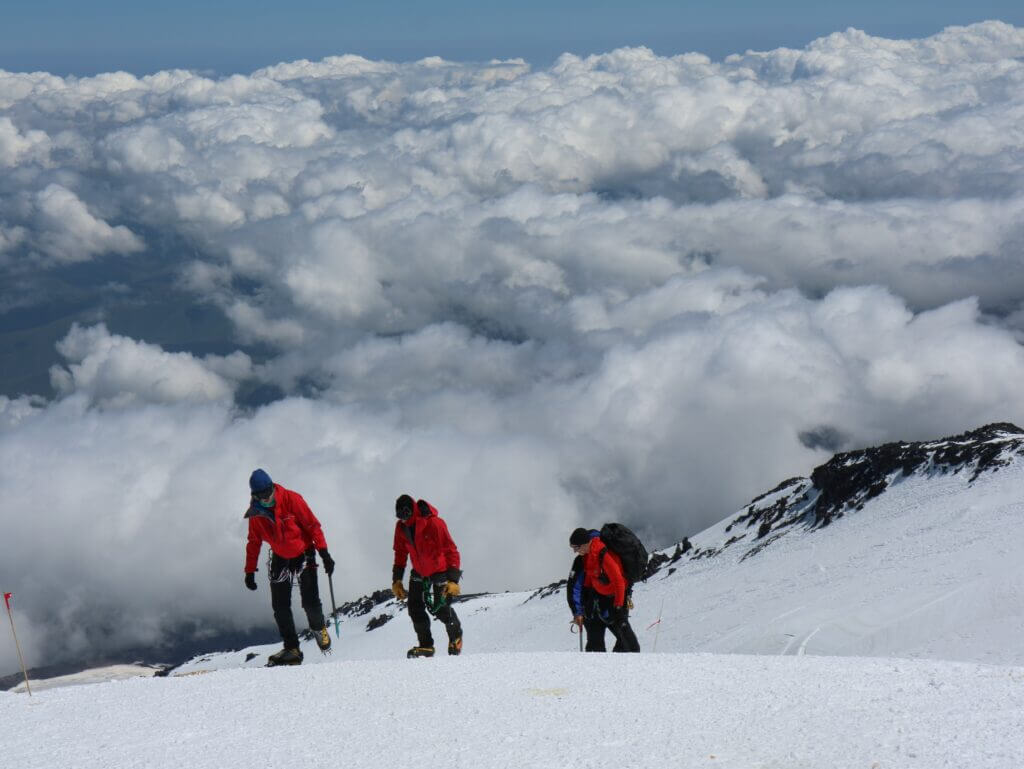
He was emerging as an undeniable symbol of Everest’s inherent risks. The figure known as Green Boots is a stark reminder for climbers setting their sights on the world’s highest summit. The eerie view of his final resting place offers a sobering realization of the mountain’s harsh conditions. He painted a vivid image of the potential consequences of under-preparedness.
Green Boots, believed to be Tsewang Paljor, has etched his silent warning into the mountaineering narrative for over 25 years. His story is not an isolated incident – over 200 climbers have lost their lives to the mountain’s unforgiving environment. The high-altitude ‘death zone’ eerily preserves their bodies. The high cost, risk, and difficulty of recovering these fallen climbers leave many untouched. They were turning Everest into an unintentional high-altitude graveyard. This phenomenon has ignited discussions within the mountaineering community. Essentially, it debates the ethics of the propriety of leaving these bodies in place. Furthermore, it sparked calls for changes in treating Everest’s fallen.
The Final Resting Place of Green Boots
The saga of Green Boots and his enduring presence on Mount Everest centres around a small, cave-like crevice just shy of the mountain’s summit and perched at approximately 27,890 feet. This location has become one of the most visible landmarks on the North Ridge route, a silent guidepost to the many climbers navigating the treacherous path to the summit.
This unassuming alcove lies within the ominously termed “Death Zone”. It is a segment of Everest’s Rainbow Valley infamous for its high casualty count due to extreme altitude sickness and freezing temperatures. With over 200 fatalities recorded on Everest, the colourful tents and gear scattered across this hauntingly beautiful landscape form a grim mosaic. It serves as a stark reminder of the mountain’s lethal potential. Green Boots’ enduring presence within this frozen tableau is a chilling testament to the dangerous proximity to Everest’s deadly summit.
Green Boots and the Ethical Dilemma on Everest
The enduring presence of Green Boots on Everest brings forth a heated debate within the mountaineering community. The heart lies in the ethical implications of leaving the fallen in their lofty graves. This practice is often a result of logistical and safety concerns. However, it has drawn criticism and sparked discussions around respect, dignity, and sacred beliefs.
Advocates of leaving the deceased on Everest point out the inherent risks and prohibitive costs associated with their removal. They argue that these final resting places are a tribute to those who dared to conquer the world’s highest peak. On the other hand, some deem it disrespectful to the deceased and their families, viewing it as exploitation rather than reverence. The argument extends to the belief that these stark reminders of mortality should not serve as deterrents or motivational tools for aspiring climbers.
Adding to this complex issue is the reverence of the local population for Everest, viewed as a deity deserving of respect. The presence of the fallen and general detritus is seen as a desecration of this sacred entity. Hence, Green Boots and others like him sit at the intersection of ethics, respect for cultural beliefs, and the practical realities of high-altitude mountaineering.
Alternatives to Leaving Bodies on Everest
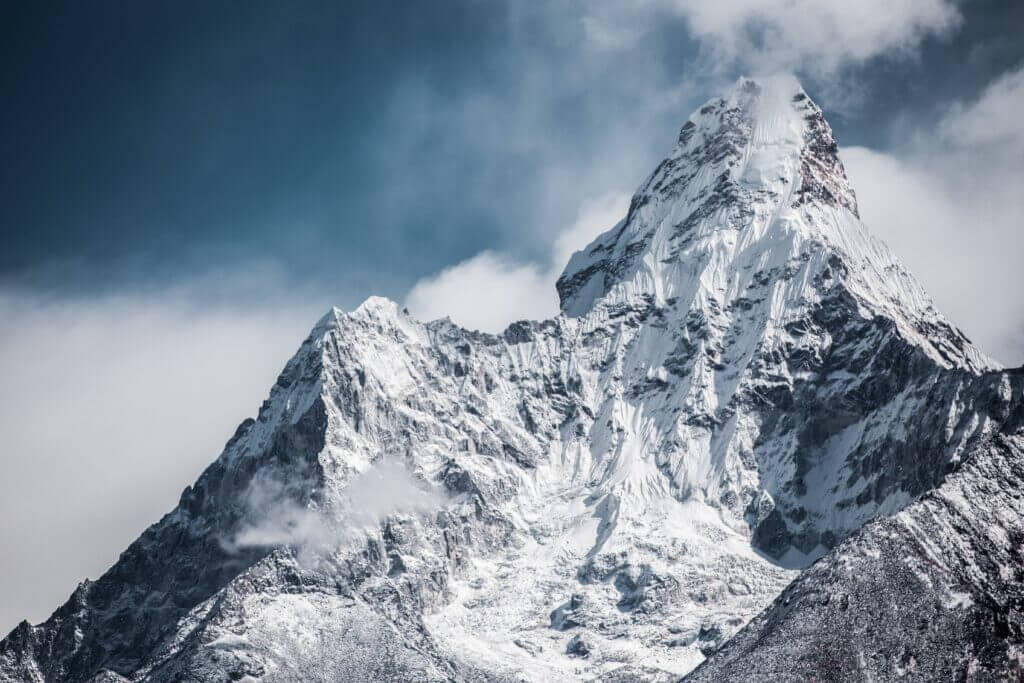
The discussion surrounding Green Boots and other climbers resting eternally on Everest continues. Potential alternatives to this contentious practice have surfaced within the mountaineering community.
One proposed solution calls for a specialized team dedicated to safely retrieving and transporting bodies from the high-altitude landscape, despite this endeavour’s formidable costs and inherent risks. This option could resolve the ethical dilemma and bring peace to the families of the departed climbers.
An additional proposed alternative advocates for establishing a memorial site for those who have lost their lives while pursuing the summit. Such a dedicated site would offer a location for respect and remembrance. This alleviates the need to use bodies as sombre landmarks that serve as a poignant reminder of Everest’s harsh realities. In comparison, it is honouring the memory of the brave individuals who dared to challenge the world’s highest peak.
Mount Everest and the Echo of Green Boots
While steeped in controversy, the legacy of Green Boots on Everest offers many essential reflections. His omnipresence on the mountain ignites conversations about the ethics involved in mountaineering. Furthermore, it sheds light on the complex dynamics of respecting the fallen while managing the practical realities of high-altitude climbing.
As humans persist in challenging limits and exploring the unknown, the conversation inevitably turns toward the implications of these pursuits. The achievement of summiting Everest carries not just glory but an array of risks and responsibilities. These responsibilities extend beyond the climbers, encompassing environmental considerations and broader societal impact.
The enduring tale of Green Boots stands as a stark reminder of the perils of mountaineering. This includes the absolute necessity of respecting both mountains and those who made the ultimate sacrifice in their quest to conquer them. As the mountaineering community evolves, honouring and respecting those lost on Everest becomes essential. Not to forget, this is all while seeking sustainable and ethical ways to navigate its treacherous slopes.
The Unspoken Stories of Everest’s Green Boots
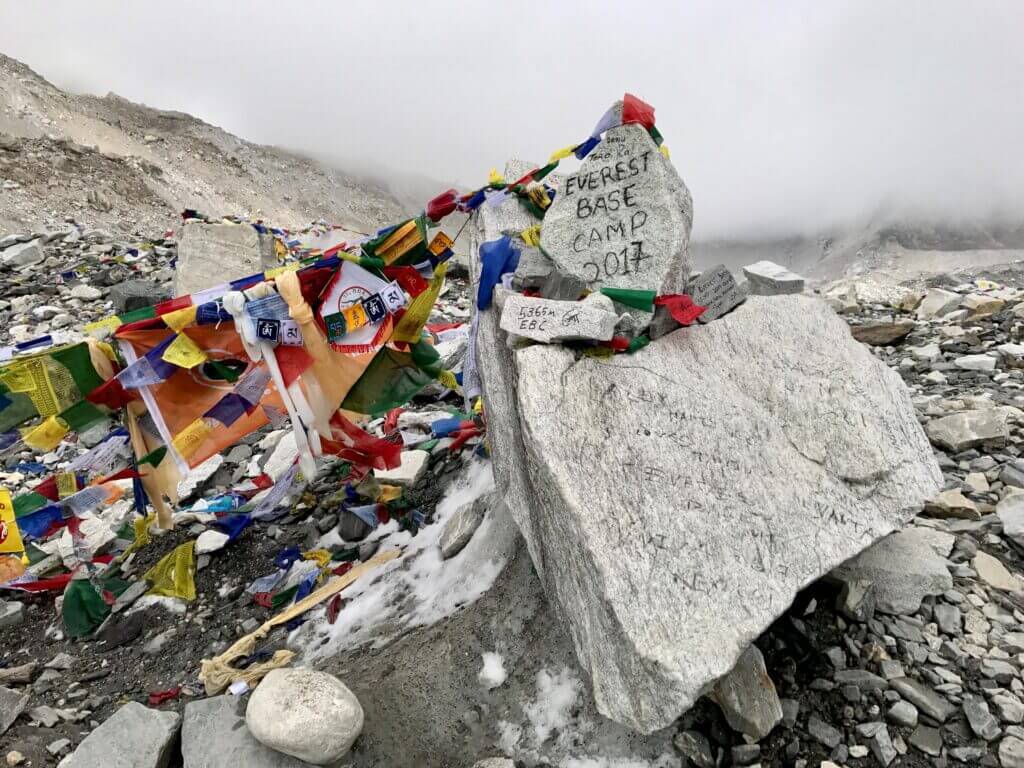
Green Boots gained particular notoriety among the estimated 200 bodies on Everest’s slopes by the 21st century. The moment when this moniker first entered the Everest vernacular remains uncertain. However, it became well-known as expeditions from the north side invariably encountered the body ensconced in a limestone alcove cave. Situated at 27,890 feet, the cave, strewn with discarded oxygen bottles, sits below the infamous—first Step on the route.
Another infamous figure in Everest’s chilling tableau is Francys Arsentiev, or “Sleeping Beauty”. This story is about a woman who tragically died during her descent from Everest’s summit in 1998. Her body remained visible until 2007, when someone respectfully concealed it.
The grimly-named “Rainbow Valley” holds the remains of other bodies adorned with colourful mountaineering gear. Among them is Hannelore Schmatz, known as “the German woman”. Schmatz reached the summit in 1979 but perished at 27,000 feet during her descent. Initially, her remains occupied a prominent position on the south route, but wind and weather have displaced them down the mountain.
The tragic fate of British mountaineer David Sharp unfolded in 2006 in Green Boots’ cave. Climber Mark Inglis and his party found Sharp in a hypothermic state and left him behind after he radioed for assistance. Sadly, Sharp succumbed to the extreme cold hours later. As dozens of climbers passed by that day, conjecture suggests that many mistook the dying man for the landmark known as Green Boots, paying him little heed in their summit quest.
Frequently Asked Questions about Green Boots
Here are answers to some frequently asked questions about ‘Green Boots.’
Is “‘Green Boots” still present on Mount Everest?
Contrary to popular belief, “Green Boots” continues to be a part of Everest’s landscape over 25 years since the fatal climb in 1996. At the same time, there have been efforts to cover the body with snow and stones respectfully. Upon the request of the climber’s family, it still marks the trail toward the summit.
Was “‘Green Boots” ever removed from Everest?
Between 2014 and 2017, “Green Boots” was reported as absent from its usual spot on the north side climb. However, in 2017, the figure reappeared, encircled by an increased number of stones. The body is believed to remain in the exact location, serving as a chilling landmark for climbers to gauge their progress.
What was the age of “Green Boots” at the time of death?
“Green Boots”, believed to be either Tsewang Paljor or Dorje Morup, was only 28 years old when he died on the harsh slopes of Everest. Born on April 10, 1968, this young climber’s tragic demise was on May 11, 1996. It underlines the unforgiving nature of high-altitude mountaineering.
Who is the well-known deceased climber on Everest?
The deceased climber known as “Green Boots” is widely speculated to be Tsewang Paljor, an Indian mountaineer who lost his life during a 1996 expedition on Everest. However, the identity of this climber has never been definitively established.
When was “Green Boots” shifted from its location on Everest?
“Green Boots” has been a perennial fixture on Everest for years. Yet, a Chinese expedition reportedly attempted to move the body off the climbing trail in 2014. Despite these efforts, “Green Boots” reappeared later in the exact location. It ultimately underscores the complexity and sensitivity involved in dealing with the high-altitude remains on Everest.


